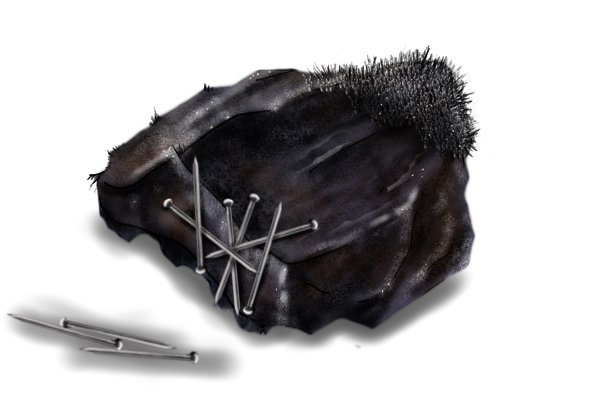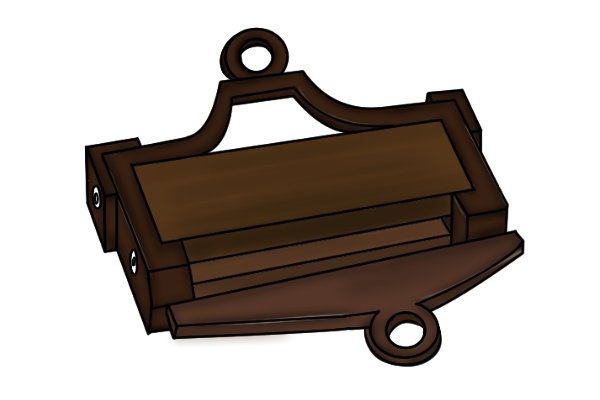
Brief history of magnets.
 | It is said that the ancient Greeks discovered magnets through the work of the Greek philosopher Tale in the 6th century BC. The Greeks hung thin pieces of a magnetic stone from a thread so that it could swing freely and point to the north pole of the Earth and work as the main direction finder. | |
 | Magnets, also known as "lead stones", are natural magnetic rocks found in Turkey and Greece. The name "magnet" actually comes from Magnesia, an area in Thessaly, Greece where the first magnet is believed to have been mined. | |
 | Not only the Greeks experimented with magnets - it is said that about 4500 years ago the Chinese created the first marine compass using magnets. | |
 | Up until the 1600s, little was known about magnets and why they worked the way they did. The first person to try to figure this out was Dr. William Gilbert. He researched the properties of magnets and put forward the theory that magnets have north and south poles, just like the earth. | |
 | ||
 | The first artificial magnets were created in 1740 by Gowan Knight and made from magnetized steel. These magnets were then sold to sailors and scientists throughout Europe. | |
 | The modern form of the magnet was created in the 20th century, including samarium cobalt (SmCo) created by Dr. Carl J. Strnath in 1966 at Wright-Patterson Air Force Base in America. For more information on SmCo magnets, please visit our page: What are magnets made of? | |
Posted
in

